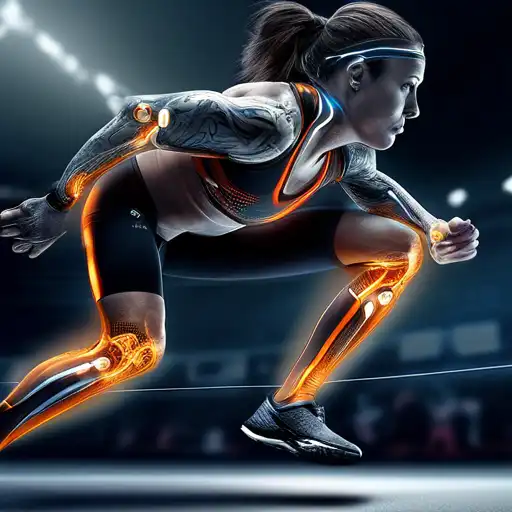Introduction to Wearable Technology in Sports
In the dynamic world of sports, athletes are constantly seeking ways to enhance their performance and gain a competitive edge. Enter wearable technology, a game-changer in the realm of athletic training and performance monitoring. This innovative tech offers real-time data and insights, enabling athletes to optimize their training, prevent injuries, and achieve peak performance levels.
The Role of Wearable Tech in Athletic Performance
Wearable technology has transformed how athletes train, compete, and recover. Devices such as smartwatches, fitness bands, and GPS trackers provide valuable metrics like heart rate, speed, distance, and even sleep quality. This data is crucial for tailoring training programs to individual needs, ensuring athletes can perform at their best.
Key Benefits of Wearable Tech for Athletes
- Real-time Performance Monitoring: Athletes can track their performance metrics in real-time, allowing for immediate adjustments during training or competition.
- Injury Prevention: By monitoring stress levels and physical exertion, wearable tech can help prevent overtraining and reduce the risk of injury.
- Enhanced Recovery: Sleep and recovery tracking features ensure athletes are well-rested and ready for their next challenge.
- Personalized Training: Data collected from wearable devices can be used to create customized training plans that cater to an athlete's specific needs and goals.
Popular Wearable Tech Devices for Athletes
The market is flooded with a variety of wearable tech devices designed to meet the diverse needs of athletes. From smartwatches that track every heartbeat to specialized gear that analyzes movement and technique, the options are endless. Some of the most popular devices include the fitness gadgets like the Garmin Forerunner series, Fitbit Charge, and Whoop Strap, each offering unique features tailored to different sports and activities.
Future Trends in Wearable Technology for Sports
As technology continues to evolve, so does the potential for wearable tech in sports. Future advancements may include more sophisticated sensors for detailed biomechanical analysis, integration with virtual reality for immersive training experiences, and even smart fabrics that can monitor muscle activity and hydration levels. The possibilities are limitless, promising an exciting future for athletes and tech enthusiasts alike.
Conclusion
Wearable technology is revolutionizing the way athletes train, compete, and recover. By providing detailed insights into performance and health, these devices are becoming an indispensable tool for athletes aiming to reach their full potential. As technology advances, we can expect even more innovative solutions to emerge, further enhancing athletic performance and changing the face of sports as we know it.
